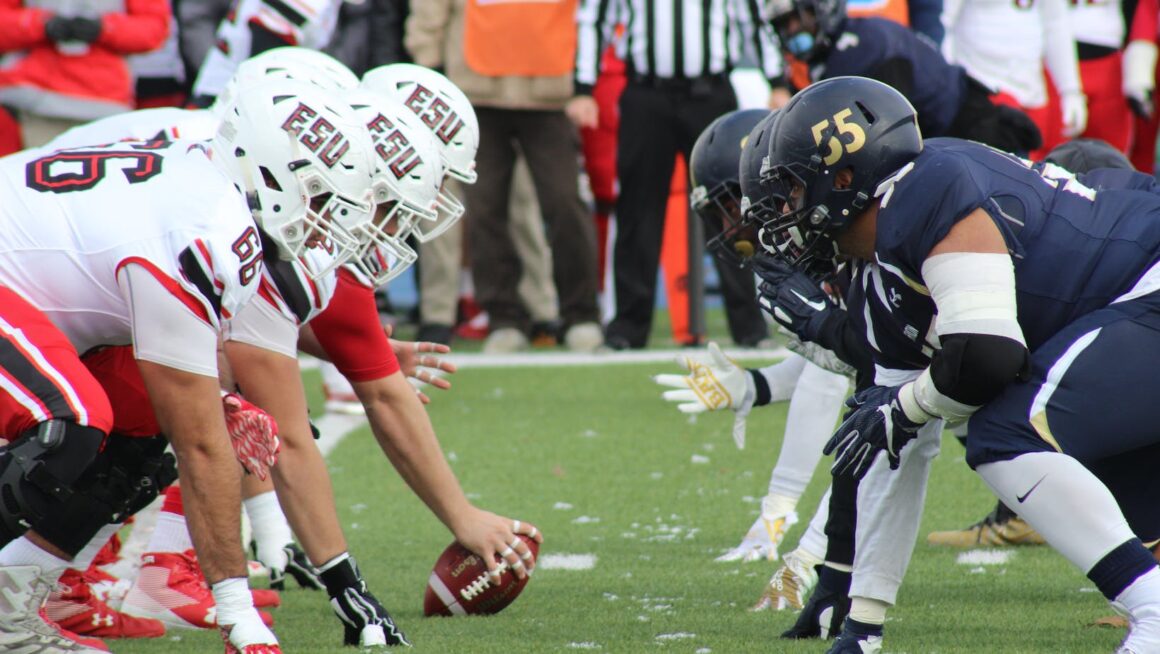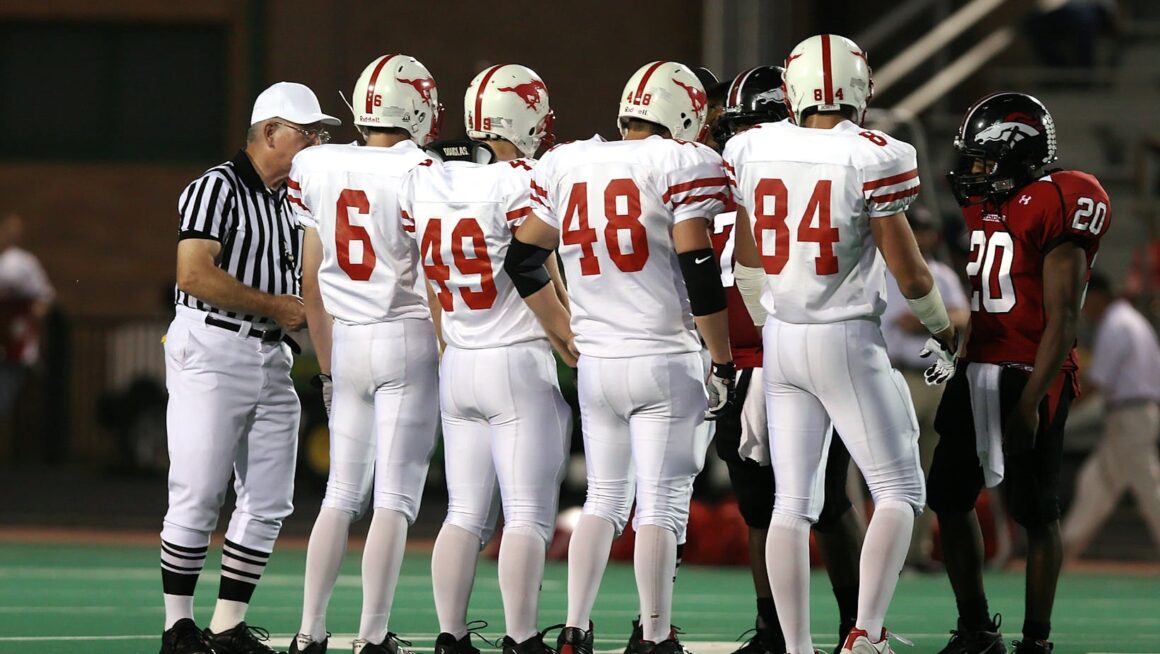The NFL is synonymous with intense physicality and high-stakes competition, but the safety of its players has always been a critical concern. Over the decades, the NFL has continually revised and expanded its codes of safety to protect athletes from the dangers inherent in such a physically demanding sport. This article delves into how these safety protocols have evolved, reflecting the league’s commitment to minimizing risk while preserving the integrity of the game.
The Early Days: Safety as a Secondary Concern
In the early days of the NFL, player safety was often overlooked in favor of the sport’s gritty appeal. The equipment was rudimentary, with leather helmets and minimal padding offering little protection. Concussions, broken bones, and other serious injuries were common, yet the game’s culture glorified toughness and endurance over caution.
This rough-and-tumble nature of the sport attracted a passionate fan base, with spectators eagerly placing football bets on their favorite teams, often unaware of the physical toll the game took on the players. During this era, injuries were viewed as an inevitable part of the game, and players were expected to push through pain to demonstrate their resilience.
However, as the sport grew in popularity, so did the visibility of the dangers players faced. High-profile injuries and fatalities began to draw public attention to the need for better safety measures. This early period marked the beginning of a gradual shift towards prioritizing player welfare, setting the stage for the comprehensive safety codes that would later emerge.
The 1970s: The Birth of Modern Safety Protocols
The 1970s marked a pivotal decade in the evolution of NFL safety standards. Growing concerns about head injuries and their long-term effects prompted the league to implement stricter rules and improved equipment. Helmets evolved from leather caps to hard plastic shells with added interior padding, significantly reducing the frequency and severity of head injuries.
Alongside equipment advancements, the NFL introduced new rules aimed at reducing dangerous play. Spearing, where a player leads with the helmet when tackling, was banned to decrease the risk of spinal and head injuries. The league also began to penalize unnecessary roughness, signaling a shift towards a more safety-conscious approach to the game.

Despite these improvements, the culture of toughness persisted, often leading players to downplay or hide injuries. This mentality delayed the full impact of safety regulations, as the emphasis on winning sometimes overshadowed the importance of health. Nonetheless, the 1970s were instrumental in laying the groundwork for the modern safety protocols that define the NFL today.
The 21st Century: A New Era of Safety and Awareness
The turn of the century brought with it a wave of scientific research that would forever change how the NFL approached player safety. Studies linking repeated head trauma to chronic traumatic encephalopathy (CTE) forced the league to confront the long-term consequences of concussions. In response, the NFL introduced the most comprehensive safety measures in its history.
Helmet technology continued to advance, incorporating materials and designs specifically engineered to reduce the risk of concussions. The league also implemented stringent concussion protocols, requiring players to undergo thorough medical evaluations before returning to the field after a head injury. These protocols are enforced by independent neurologists, ensuring that player health takes precedence over the competitive nature of the game.

In addition to equipment and medical protocols, the NFL has made significant rule changes to protect NFL players from high-impact collisions. The targeting rule, which prohibits hits to the head and neck area, has been rigorously enforced to prevent catastrophic injuries. The league has also adjusted kickoff rules to reduce the number of high-speed collisions, one of the most dangerous aspects of the game.
Conclusion
The evolution of NFL safety codes reflects the league’s ongoing commitment to protecting its players while maintaining the sport’s intensity and excitement. From the rudimentary equipment of the early days to the advanced technology and strict protocols of today, the NFL has come a long way in ensuring the safety of its athletes.


